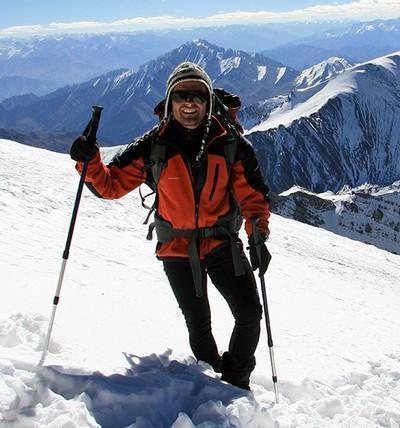When it comes to snowboarding, it seems that there is always some debate about whether or not it is a high risk sport. Although it is important to remember that the risks aren't all bad, there are also some things you can do to protect yourself while you're out on the mountain.
Meniscus Injuries
Meniscus injuries are very common among sports participants. These injuries can be traumatic, or they can be degenerative. Both types of injuries are treated in different ways.
A traumatic meniscus injury occurs when the knee is overextended or twisted. This type of knee injury usually happens when a snowboarder falls on an unstable slope, resulting in a tearing of the anterior cruciate ligament.
A degenerative tear, or a tear that has developed slowly over time, is a result of repetitive, small stresses on the meniscus. When the meniscus is damaged, the joint will become painful.
The exact treatment for a meniscus tear depends on the size and location of the tear. If the tear is minor, a simple suture can be used to restore the knee's function. However, for more serious or symptomatic tears, surgical repair may be required.
Ankle Injuries
Ankle injuries are a significant concern for snowboarders. In fact, a recent study shows that ankle injuries account for nearly one-fifth of all snowboarding injuries.
The reason for this may be because snowboarding boots are less rigid than skiing boots. This increases the likelihood of a fall. Especially when landing from an aerial move. Softshell boots also contribute to this risk.
It's important to know what to look for in an ankle injury, and to recognize the signs of a severe injury. If you're experiencing symptoms, it's best to rest and apply ice to the affected area. You should also see a doctor. A doctor can order appropriate diagnostic imaging, such as a CT scan.
Head Injuries
Head injuries when snowboarding can be very serious. They can be the result of a collision with an immovable object on the slope or a fall down the same level. A helmet can be used to minimize the risk of head injury.
The American Academy of Pediatrics advises children under the age of 18 to wear helmets when participating in snow sports. In some states, helmets are mandatory for children.
Traumatic brain injuries can be life-threatening. They can result in bleeding in the brain and a coma. There is a significant financial burden on society from these injuries.
Although many studies have examined the protective effect of helmets, not all have addressed the severity of the injury. Some have been carried out with small sample sizes.
Wrist Injuries
When you are considering going skiing or snowboarding, it's important to be aware of the risk. The injuries that occur while skiing and snowboarding can be from falls or collisions. You can reduce the risk of a snowboarding or skiing injury by learning the proper techniques. Also, make sure to wear appropriate protective gear.
One of the most common injuries in skiers and snowboarders is a wrist injury. This can result from a fall on an outstretched hand or an improper fall technique. These injuries can range from mild to severe and can require a splint or cast.
Injuries can also occur from falling on an icy sidewalk or in a lift accident. If you experience sudden pain in your wrist, it is important to get to an urgent care center.
Tree Wells
Tree wells are a hidden danger for snowboarders and skiers. They are a hazard that occurs during major snow storms. These accidents can cause serious injury or death, and are often avoidable with proper precautions.
During the winter season, tree wells are a deadly threat to anyone who is out skiing or snowboarding. Although the causes of death vary, most involve asphyxiation from deep snow.
The majority of tree well accidents occur off-piste. Skiers and snowboarders have a higher risk of falling into a tree well than climbers. As a result, the NSA has developed brochures and signs to educate and warn of this hidden hazard.
Follow-up Contact With the Patient
Getting your feet wet in a ski resort may be fun in the short term, but it is fraught with hazards in the long term. So, what should you do? The following tips should help ensure a good time in the short term, without putting you out of commission in the long term. Most resorts have a primary care physician that should be your first line of defense. The best places to find a primary care physician are a local hospital, a local docs office or your local state health department. Be sure to ask your provider if they provide any kind of secondary care and what kinds of insurance you have to cover them.





